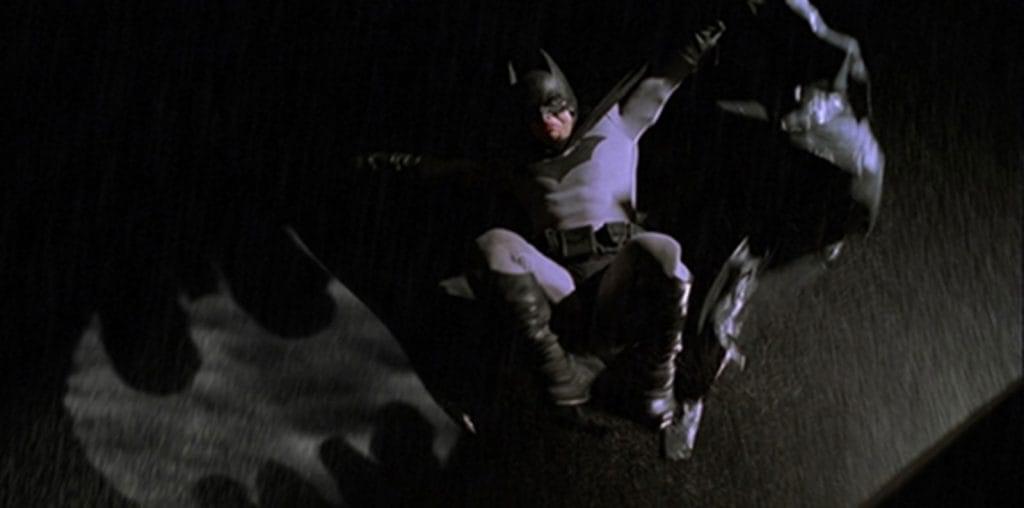
Imelda Marcos might be the one-time megalomaniac trophy wife of a Filipino dictator, a self-absorbed gold-digger, a devoted astrology nut, and one of history’s most ill advised real estate tycoons – but man, can she accessorize. One minute, she’s wearing a green gown and gold earrings. Her next monologue features the legendary shoe collector sporting a red dress and bronze brooch. But, wait – there’s Imelda looking posh in a blue pantsuit and pearl necklace. Even when she’s kneeling in the muck with downtrodden, impoverished farmers as they harvest rice, this pampered fashion plate is dressed to kill.
“Imelda” Director Ramona S. Diaz guides us through the garish spectacle of Marcos’ world. And what a wild-a*s, contradictory kaleidoscope it is, showing us the obvious dents in this chameleon’s first class armor while also revealing her genius at politics, campaigning, and self-promotion.
Perhaps to symbolize Imelda’s simultaneous closeness to and isolation from the Philippines’ common people, Diaz introduces the movie with scenes of her subject waving to shirtless, slum-inhabiting onlookers from the window of her private bus. The pampered celebrity’s perfectly coifed raven hair contrasts rosy, powdered cheeks. “It is easy to be beautiful,” she smugly declares, “because it is natural.”
Is this the arrogant talk of a conceited dragon lady, or is there a method to her appearance-obsessed madness? Equal parts Evita Peron, Tammy Faye Baker, and Michael Jackson, Imelda is allowed to explain this philosophy firsthand. “I want to be a role model,” she explains of her Liberace-like lifestyle. “If I can do it, anyone can do it.”
Diaz probes the icon’s childhood for additional answers. A pivotal scene allows a family friend to recall Imelda’s participation in nearly every Manila parade and celebration. The blatant young attention-seeker also won a “Miss Philippines” contest, but only after mercilessly cajoling the judge, who had originally placed her second.
Diaz, however, is a skilled director who knows that compelling drama is found in complicated characters. Portraying Marcos as a shoe-obsessed cartoon would be too easy, so the filmmaker also projects her subject’s admirable traits. Diaz points to the flamboyant icon’s push for Filipino birth control programs, which was a bold move against the Catholic Church and substantially lowered birth rates.
Meanwhile, Imelda’s driving crusade to build cultural centers and lavish buildings throughout Manila helped to revive the performing arts in her home country. Even so, a bitter aftertaste to this legacy is also documented. The Manila Film Center – built for the 1980 Manila International Film Festival – instead turned into a cement cemetery for dozens of construction workers who were buried in concrete when the incomplete structure collapsed. Critics suggest that Marcos indirectly caused the tragedy by recklessly hurrying the center’s construction, before flippantly carrying on with its completion and refusing to recover the victims’ bodies. To this day, many Manila inhabitants insist that the Film Center is haunted by those entombed in its foundation.
On December 7, 1972, a knife-wielding lunatic slashed Marcos repeatedly in the stomach. Imelda’s toughness saw her through the incident, but even in the face of death, this resilient diva’s fixation on surface appearance worked its way into the mix. She criticized her attacker for using a bolo knife, “such an ugly weapon.” Later, she hired a plastic surgeon to ensure that the twenty scars would not show. “The lord gave me a second chance,” reasoned Imelda, “because I’m so giving to others.”
Not everyone would agree. The film reflects on her husband Ferdinand Marcos’s 1969 re-election as President of the Philippines, and allows a critic to label the event, “one of the dirtiest and most fraudulent elections we ever had.” Other historical First Couple missteps, including Ferdinand’s 1972 declaration of Martial Law, and the “mysterious” assassination of political opponent Benigno Aquino in 1983, are not overlooked by Diaz’s thorough lens.
In the end, the true trump card “Imelda” holds is its self-incriminating subject’s own spacey philosophizing. Like Jeannine, the astrology-crazed Aussie from Hell in “This Is Spinal Tap,” Imelda scribes paragraph after paragraph of zany Marcospeak: “Mind, body, and spirit are all essential,” she insists, drawing a three-sectioned pie with each segment representing one of these sacred ingredients. “Take out one, and it looks like a Pac Man!” (She’s right!)
The story continues in part two of THREE KINDS OF MONSTERS: IMELDA MARCOS, METALLICA, AND THE CORPORATION>>>
